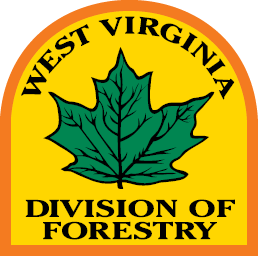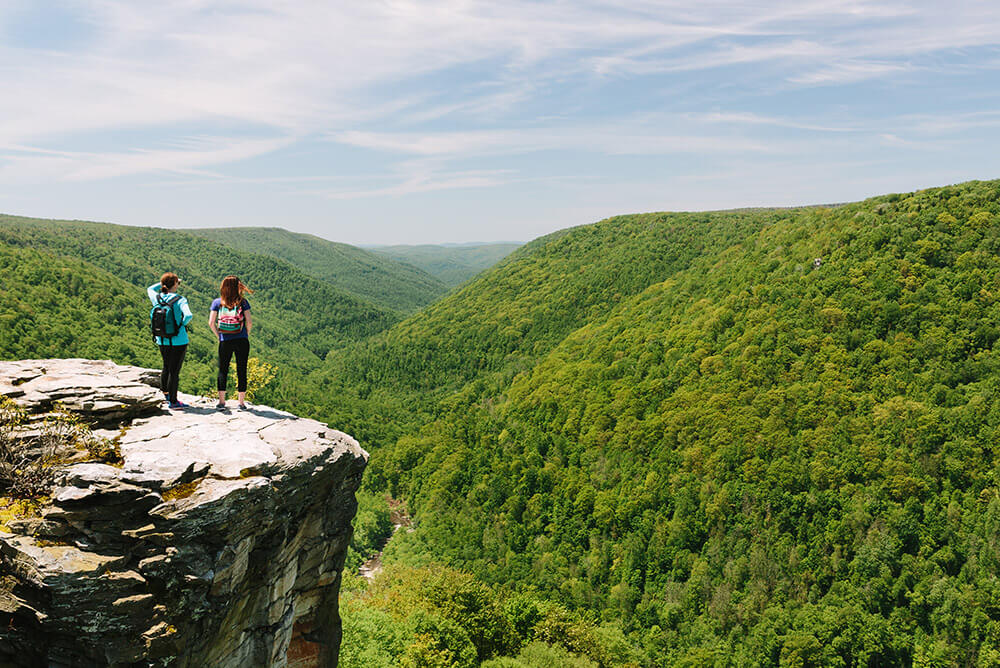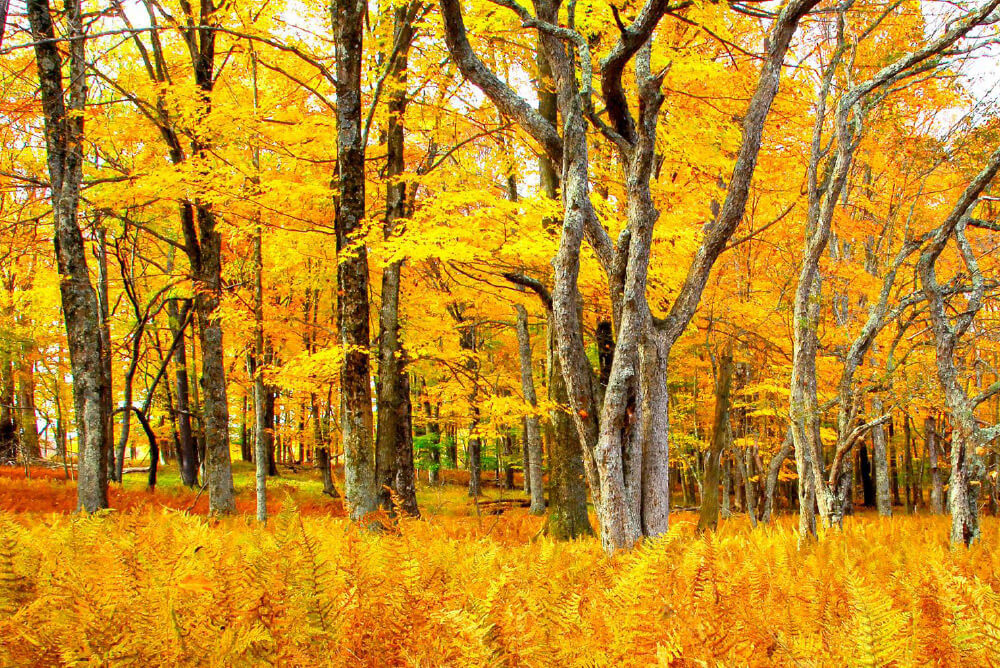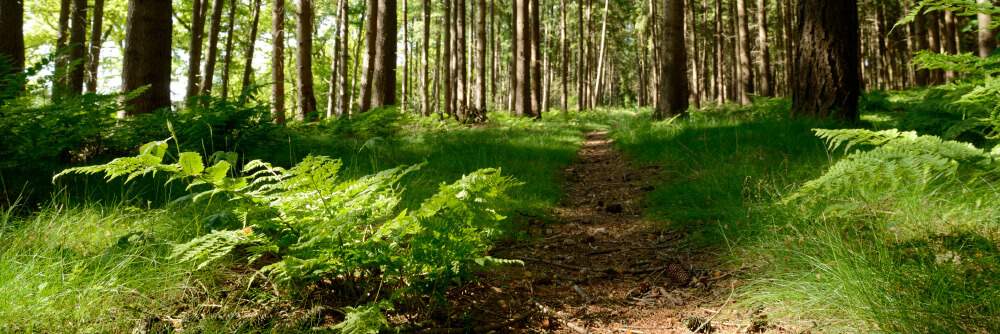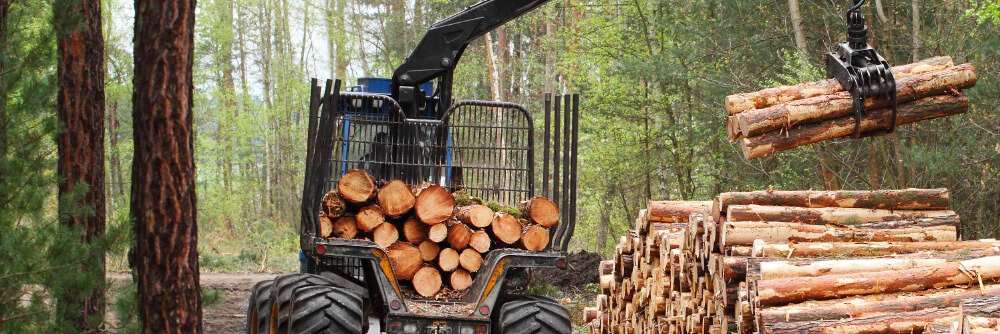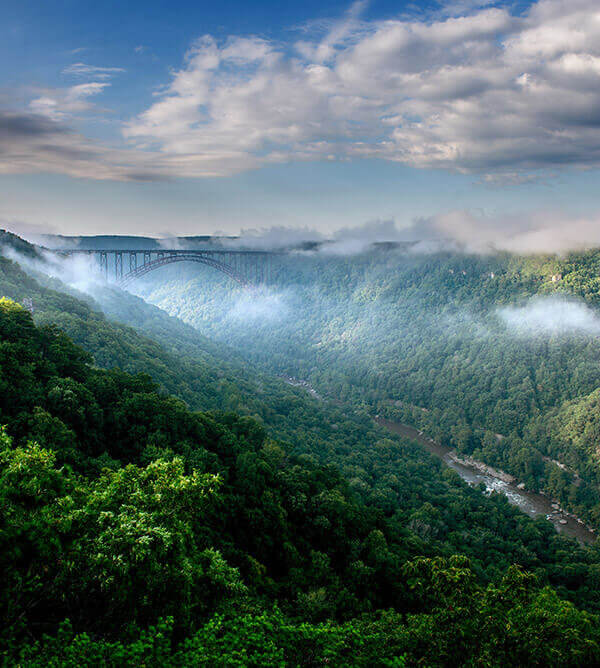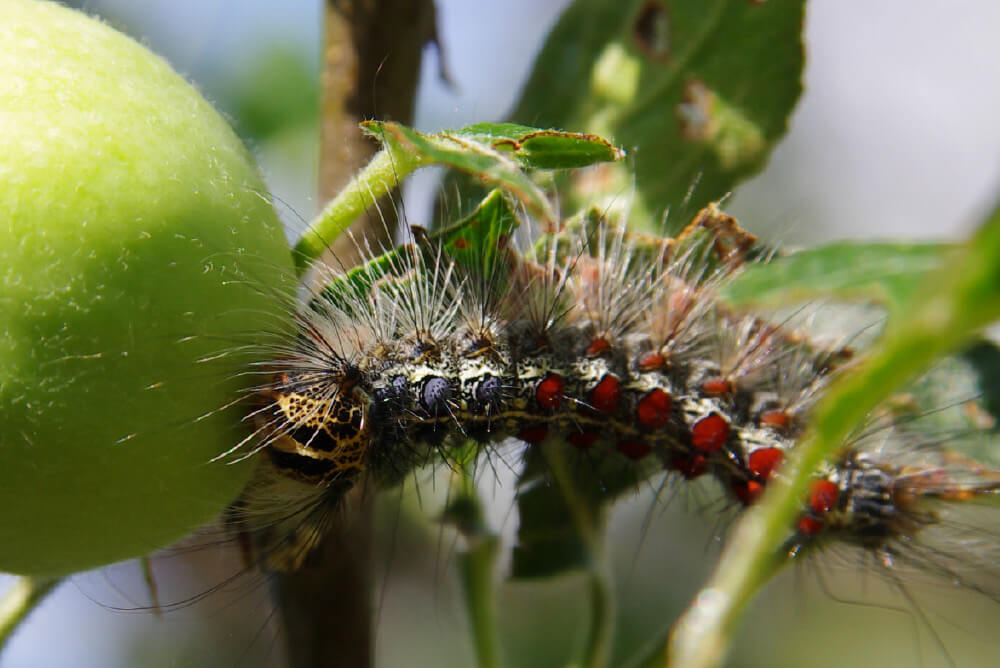Located in central Pocahontas County, along the banks of the Greenbrier River, Seneca State Forest is the oldest of West Virginia’s State Forests. The Greenbrier River Trail and the Allegheny Trail both traverse the forest, while 10 other trails provide 14 miles of hiking opportunities. Logging roads provide an additional eight miles of hiking trails.
The area that is now Seneca State Forest has been a heavily forested, upland wildlife enclave since pre-historic times. Scientists believe that in the latter pre-Columbian era this land had no permanent human residents. The region did, however, serve as a bountiful hunting ground for several different Native American groups who came to the vicinity to hunt, fish and gather other food stuffs from as far away as Ohio, New York and the Carolinas. An occasional skirmish between these competing groups over control of the area was not unknown.
Around 1722, settlers from the coastal plain and Piedmont areas of Virginia migrated to the vicinity and began to homestead the land. This led to conflict with the aboriginal users, ending with the conquest and occupation of the land by the newcomers. In 1751, Seneca, and much of the surrounding area, was granted to General Andrew Lewis for service to the Crown. The claim was never enforced due to opposition from the original settlers.
The character of the property changed very little over the next century. After the Civil War the abundance of timber brought development of a thriving wood products industry. From Seneca, and the surrounding area, large volumes of white pine were removed. This, of course, changed the character of the land significantly and set the stage for large fires to ravage the land. The area was burned repeatedly. Extensive grazing also occurred due to free ranging livestock. In spite of this, a few deer, bear and turkey managed to survive. Although the timber boom subsided around 1920, the Greenbrier Valley has continued to supply a healthy but less prominent wood products industry right through to the current day. This State Forest has contributed more than 5 million board feet of timber to the local industry.
The bulk of the State Forest was purchased by the state of West Virginia in early 1924. The stated purpose was to ensure timber and wildlife resources for the future. The first priority was to provide protection for the forest and a fire tower was constructed on Michael Mountain in 1924. In the first two years of the state’s ownership, 10 fires burned on the Forest, consuming only 88 acres. This was a tremendous reduction in the devastation from previous years. The Michael Mountain tower was later replaced by a newer version on Thorny Mountain in 1935.
This tower was manned seasonally until the mid 1980s. Currently, the Thorny Mountain tower is listed on the National Historic Lookout Register and is still available for duty should the need arise. Today, even though fire remains a serious concern, prevention efforts have curtailed this threat on the forest.
The state created a tree nursery on Seneca State Forest in 1928. Seedlings were sold to the public at cost in the early 1930s. By 1933, with the help of the CCC (Civilian Conservation Corps), most of the development of the roads and recreation facilities had taken place.
These young men also reduced fire hazards and implemented forest stand improvement work. Two large cabins were built along the Greenbrier River and six small cabins on the shore of Seneca Lake.During this period, Seneca State Forest was home to the largest and most varied populations of wildlife to be found anywhere in West Virginia.
By the late 1970s, the forest had matured and significant volumes of merchantable timber were growing on there. Consequently, timber management augmented recreation and wildlife management on Seneca State Forest. The focus of the prescriptions was to improve the growing conditions for the oak timber that developed following the fires at the beginning of the 20th century. White pine also has steadily made a comeback throughout the entire Greenbrier
River Valley. Some small volumes have been harvested from the forest in conjunction with management practices. Management projections are for white pine and oak to increase in volume and quality during the period of the current management plan.
